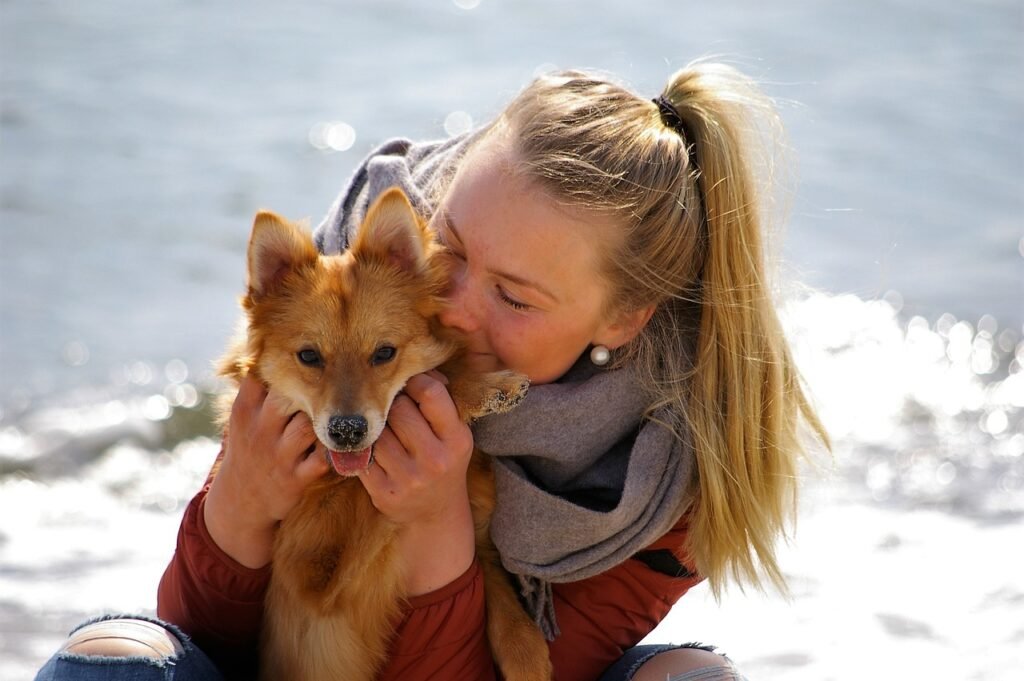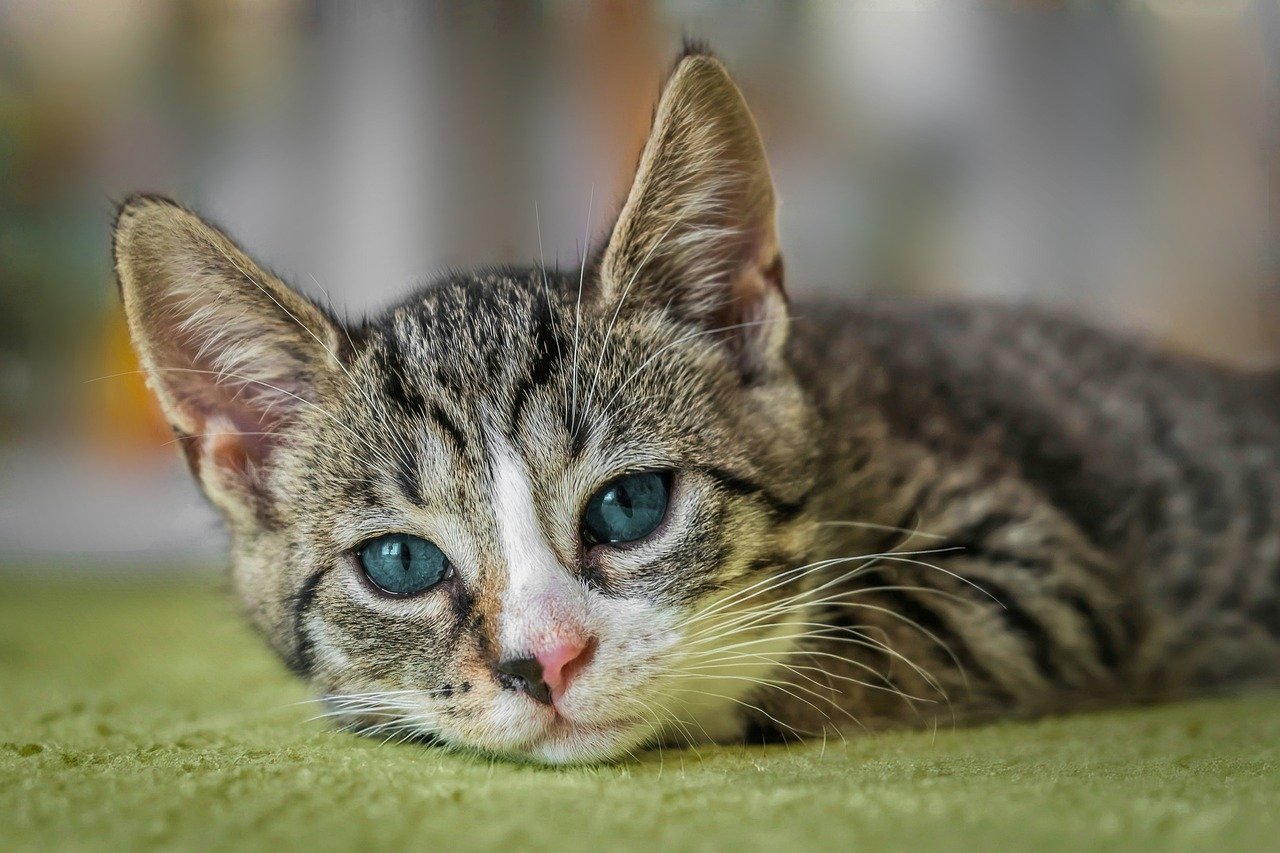Feeding many pets in the same household can be a pleasant yet tricky affair; this may get complicated further with dogs and cats that seem to think their housemate’s food is much more interesting than their own! If mealtime is a stressful affair or a time of fun and squabble in your multi-pet home, you need not despair; you’re not alone. So let’s explore some ways in which mealtime can be a little calmer, happier, and healthier for all involved.

Challenges of Feeding Multiple Pets
Having multiple pets, especially dogs and cats, can fill your home with love and laughter but can also sometimes create a few challenges. One of the most pertinent (and frustrating) problems faced by pet owners is food stealing. At first, it may seem innocent, but allowing foods to be swapped among pets can create bigger issues than you think.
Each pet is met with the particular diets they must follow: the right amounts of the right food given to them for their specific nutritional needs. In a situation where one cat is stealing food from under the nose of the other, this other housemate is getting undue nutrients while the thief is getting too many calories. This situation can even be a cause of concern when your pets happen to have dietary restrictions because of old age or medical issues: certain pet foods are available for certain medical conditions, which should be eaten only by the pet with that condition.
Households with both pets and canines often have distinct complexities. The two kinds of animals differ nutritionally, and hence a mixture in foods might completely be dangerous to cats and dogs both. Cats are carnivores. He consumes protein and fats. That food might be difficult to recuperate for most dogs but overconsumption of such food can lead to gross obesity or even pancreatitis. Dog food, on the other hand, is commonly carbohydrate-rich and does not satisfy a cat’s nutrient needs since it develops deficiencies.
Besides medical concerns, some pets cause friction through stealing food from other pets. Some are so protective of their food that they may even attack another pet for getting too close in their opinion. Dogs and cats can be understood differently through their body movements, so for them while food may look like a nice invitation, it could turn out to be suddenly scratched or growled at.
Thus, feeding in isolation without sharing an enclosure might be very important for their health and perfect environment at home; however, how do you do it?
These are some dog-proof ways to keep candy from “stealing” it grain by grain: Though the message seems simple to encode either as “no” or “not,” it really requires more effort and tactic to really call a halt to food stealing. The best food resourceful or adventurous eaters tend to try and sneak a bite every now and then.
Good news: a few changes here and there with some effective techniques will make mealtimes enjoyable for all the furry members of your family without any conflict.
A few recommendations by the experts to smoothen up feeding time and make it easier for both of you to enjoy with your pets:
- Stop free feeding
Leaving the food for pets to nibble at any time of the day is literally feeding them with an open invitation to munch anything they found, be it their own food or someone else’s. Regular feeding would be great. Give them some time for eating, then you can keep track of how much they eat and also know what is eaten by whom when. - Feed Your Pets at the Same Time
If you feed all of your pets at the same time, that might be fair. When all are eating together, your “food bandit” will usually be too wrapped in his food to sniff around at someone else’s bowl. It should also promote good habits about eating and getting all animals onboard with that. - Slow Down Fast Eaters
Does your pet eat so quickly that, once finished, it proceeds to start sniffing and stealing from someone else’s bowl? Puzzle bowls or food-dispensing toys that slow them down by requiring work to earn their food can be good for fast eaters. It encourages eating slowly and mentally stimulates pets. - Offer New Food
Some pets are picky eaters and may leave food simply because they don’t like it. You may want to check the food choices for a pet that is not eating well; try a food that they really like. This also minimizes the leftovers which some other pet may find tempting. - Take Away Food Bowls After They Eat
Remove any food not consumed during mealtimes. Leftover food left in a bowl gives pets a chance to snack on some leftovers or steal from one another. If you are swift in taking away bowls after eating, it will reduce the temptation to nibble at odd hours. - Have Separate Feeding Zones
Clear distinction with feeding areas for each pet is a simple yet effective way to deter food stealing. This could mean putting different feeding mats or bowls in different spots in the same room or, in some extreme cases, different rooms entirely. A little distance can do wonders when it comes to preventing conflict so that each one of your pets has their own setting to enjoy its food. - Feed in Different Rooms
Sometimes, it would be best for you, to separate your pets while they eat. If your pets tend to be food aggressive or are eaters with different speeds, feeding in different rooms (or at the very least) behind baby gates, should alleviate tension and allow each pet the freedom to eat without feeling threatened by the other.
Different Heights for Feeding
For those who have both a dog and a cat at home, feeding them at different heights may probably help avoid the dog stealing the cat food. Cats are mostly agile and like to remain elevated. To keep the dog out, place the cat food on top of a counter, cat tree, or shelf. Both pets can enjoy their meals without any temptation of stealing from one another. - Tech to High-Guarantee Pet Food Dish
For pet-loving tech enthusiasts, invest in using those special food bowls. It opens only to your pet’s unique microchip or collar tag. Automatic feeders help the pet eat only from its own bowl without being bothered by a food thief. - Consult a Pet Professional
If you are having a severe problem with aggression or a serious interfere with feeding, you might want to look into professional help. Trainers behaviorists might have some advice for you on specific types of issues, such as food aggression and anxiety and teach techniques to you for encouraging positive behavior within mealtime.
Conclusion
Feeding many pets in one household does not have to result in horrendous situations. With a little planning, patience and occasional creative solutions, mealtimes can be enjoyable for all. There are options, from feeding at different times to change habits of surrounding pets, to building physical barriers keeping pets apart while they eat. After all, it’s the food, and not the who gets it! Here’s to happier and quieter mealtimes for you and your pets!

